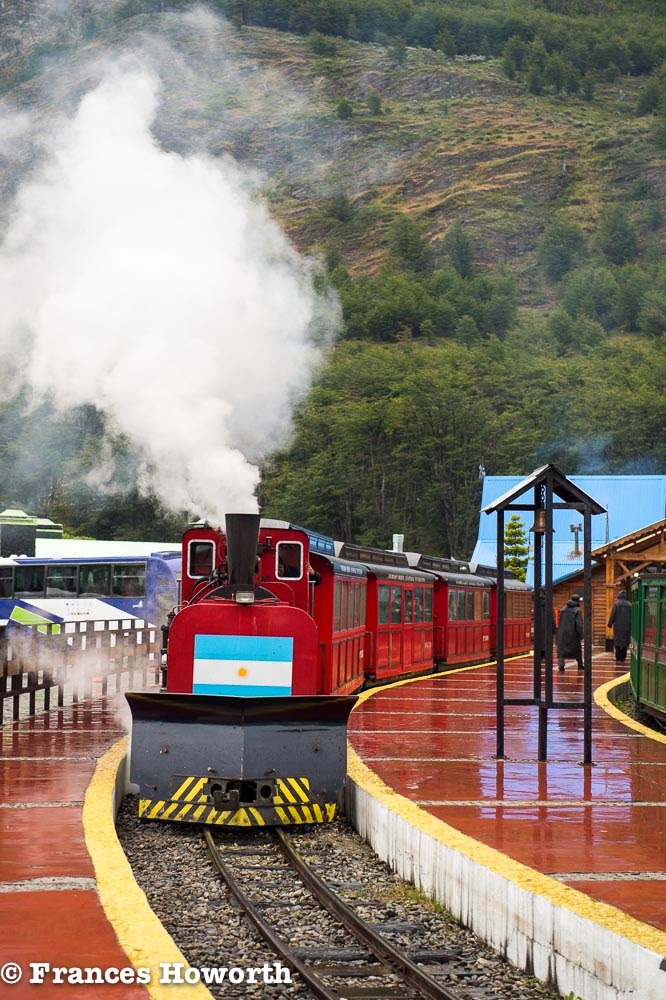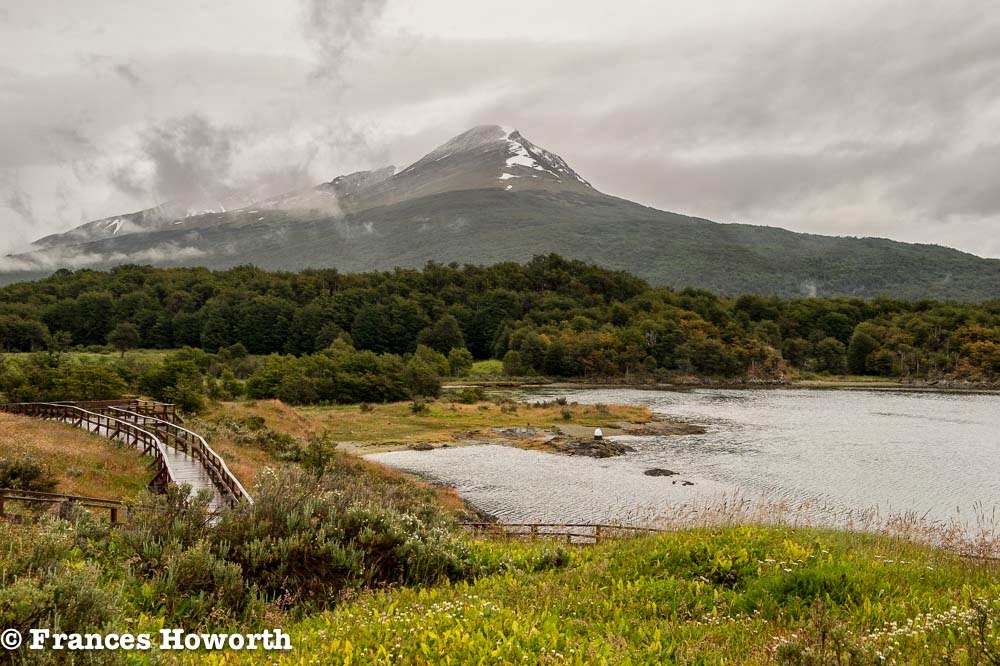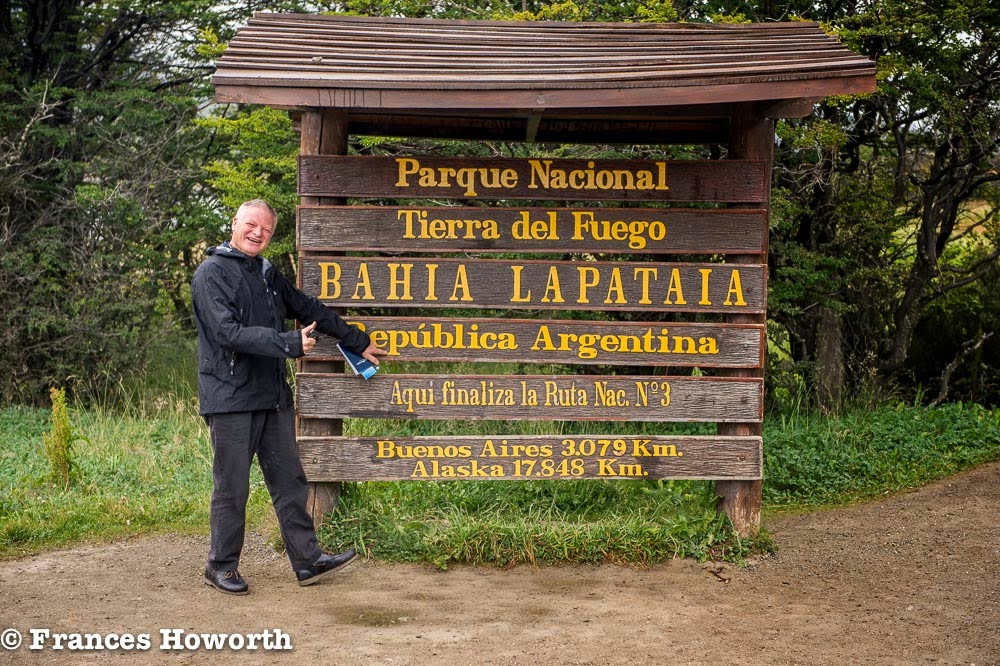The island of Tierra del Fuego is shared by Chile and Argentina. Created by the government of Argentina in 1960 the Tierra del Fuego National Park covers some 69,000 hectares from the southern tip of the Andes in the north to the waters of the Beagle Channel in the south.
First inhabited by the Yamana more than 10,000 years ago it is an area of archaeological interest as well as providing a haven for wildlife and fauna.
The Yamana were nomad people who roamed the area by canoes made from the wood and bark of the indigenous Lenga trees. They ate mostly sealions and mussels and it is the discarded shells of these molluscs that have created the many middens that are dotted around the shorelines.
3000 Yamans lived hereabouts before the arrival of the Europeans. By 1890 that number had fallen to just 1,000 and just 20 years later records show that in 1910 the number was down to 100. As a race they have now ceased to exist.
Administered now by the National Parks Authority under the jurisdiction of the Ministry of Tourism the park offers the opportunity of camping and fishing (with a permit) in the southernmost wilderness amid stunning scenery in a location that is unequalled anywhere else.
Red Fox roam the area but seldom bother the visitor. Other species that are endemic include the Guanaco, some small rodents and an abundance of differing birds. Introduced species such as the Rabbit, Grey Fox, Musk Rat and the ubiquitous Beaver have all been less kind to their surroundings.

Tourists flock to the park if only to stand at the very start (or finish) of the Pam American Highway that connects Alaska to Tierra del Fuego some 17,000 miles away.
They also come to play a round on the world’s most southernmost golf course or ride the steam engine trains plying the picturesque narrow gauge railway that runs slowly for 5 miles through the countryside.


